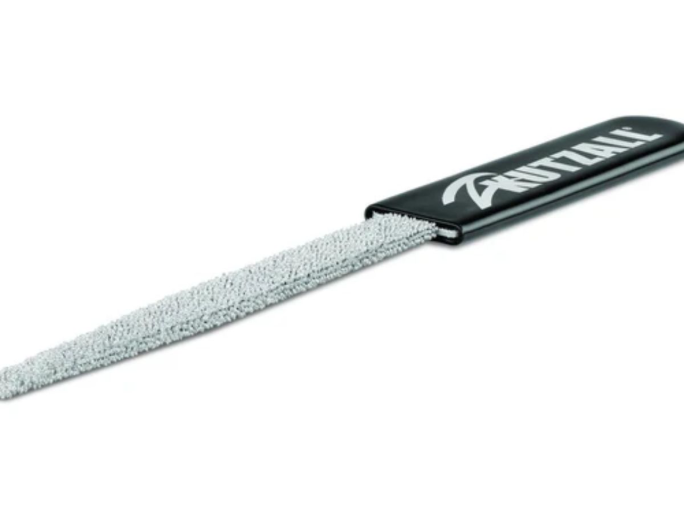For woodworkers aiming for precision and smooth finishes, a fine rasp is one of the most valuable tools in the workshop. Designed with closely spaced teeth, it allows for controlled material removal, making it ideal for refining edges, contours, and curves. Unlike coarse rasps that remove large amounts of material quickly but leave rough surfaces, a fine rasp provides a cleaner cut with minimal tear-out.
This tool is particularly useful for delicate shaping tasks where accuracy matters as much as speed. Whether you’re building furniture, carving decorative elements, or working on small craft projects, a fine rasp can significantly reduce sanding time while delivering superior results.
Why Fine Rasps Outperform Coarse Options in Edge Work
Cleaner Finish
The smaller, sharper teeth on a fine rasp create a smoother surface right from the start. This reduces the amount of follow-up sanding needed, which is especially beneficial when working on visible edges.
Greater Control
Fine rasps allow for more precise shaping without the risk of gouging the wood. This makes them perfect for detailed work where every millimeter counts.
Versatility
From hardwoods like oak and maple to softer woods like pine and cedar, a fine rasp works well across various materials. Its balanced cutting action ensures consistent results.
Comparing Fine Rasps and Files
While both fine rasps and files are used for shaping and smoothing, they differ in design and application. Files have uniform, machine-cut teeth that are better suited for metal or extremely fine finishing work. Fine rasps, on the other hand, have individually cut teeth designed to remove wood fibers efficiently while preventing clogging.
Choosing the Right Fine Rasp
When selecting a fine rasp, consider:
- Length and shape: Longer rasps cover more area, while shorter ones are better for intricate details.
- Handle comfort: A well-fitted handle reduces fatigue during extended use.
- Material quality: Hardened steel ensures durability and sharpness.
A high-quality rasp may cost more upfront, but it will last longer and deliver better results.
Maintaining Your Fine Rasp
Proper care extends the lifespan of your rasp:
- Store it in a protective sleeve to prevent tooth damage.
- Clean teeth with a stiff brush after each use to remove wood dust.
- Avoid using it on materials for which it’s not intended, such as metal or stone.
Techniques for Faster, Cleaner Edge Shaping
Use Light, Controlled Strokes
Pressing too hard can cause uneven removal and damage to the edge. Gentle, consistent pressure produces the smoothest results.
Work With the Grain
Although rasps can cut across grain, working in the grain’s direction reduces the risk of splintering.
Combine With Sanding
After shaping with a fine rasp, a quick pass with fine-grit sandpaper can give the surface a polished finish.
Pairing with Other Woodworking Tools
A hand-stitched rasp can be an excellent companion to a fine rasp. Hand stitching produces teeth with irregular spacing, reducing chatter and leaving an even smoother surface. For more aggressive shaping before fine detailing, wood shaping power tools can speed up the process, after which the fine rasp can be used for precision work.
Final Thoughts
For woodworkers who value both speed and precision, a fine rasp is a must-have tool. It allows for faster edge shaping while producing a cleaner finish, minimizing the need for extensive sanding. When used alongside a hand-stitched rasp and complemented by wood shaping power tools, it becomes part of a versatile shaping system that can handle everything from rough shaping to final detailing. Investing in quality tools and learning the right techniques will ensure that every edge you shape is smooth, clean, and ready for finishing.

